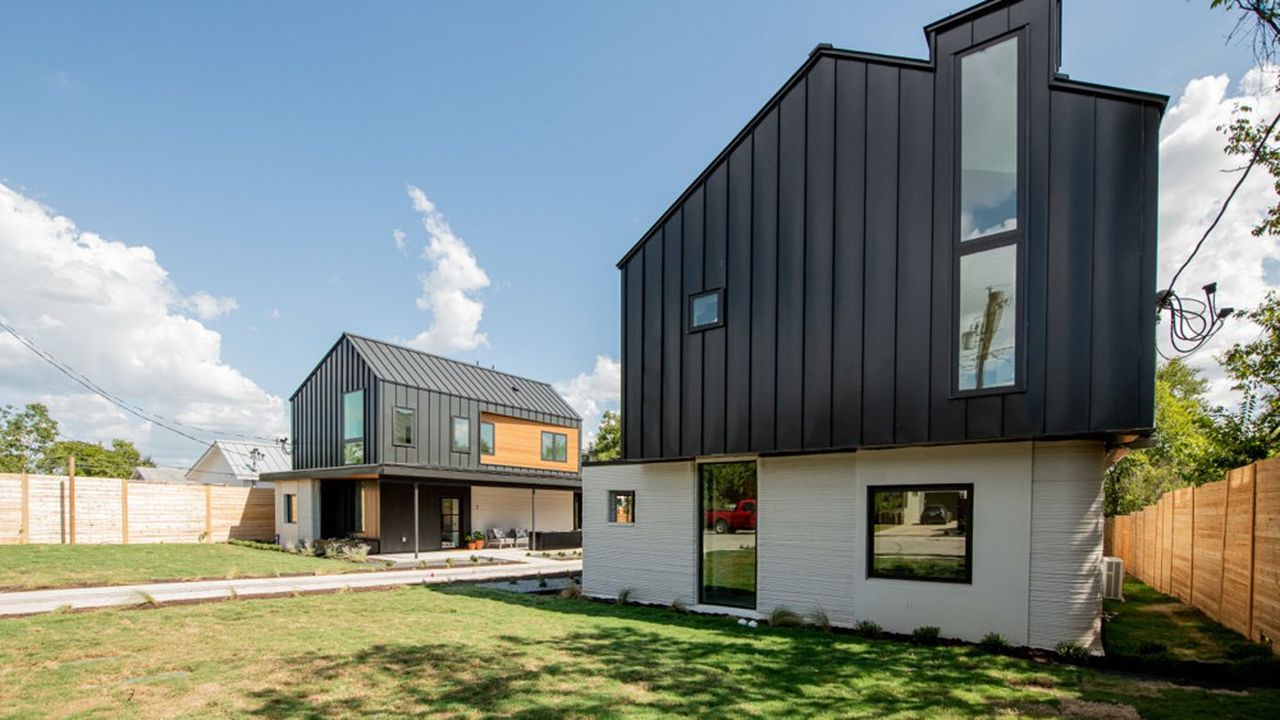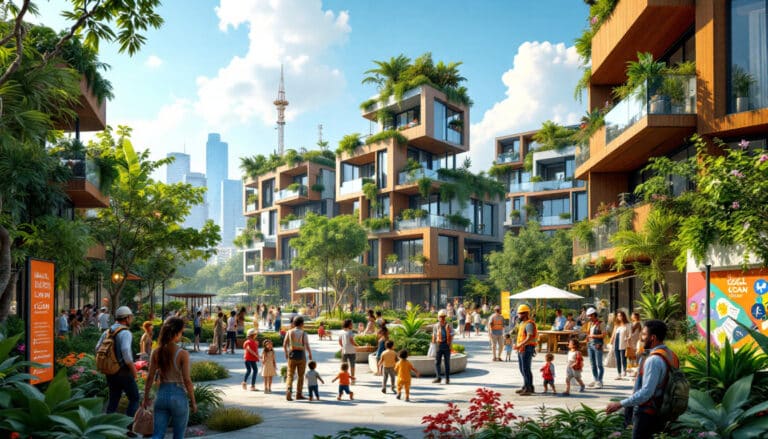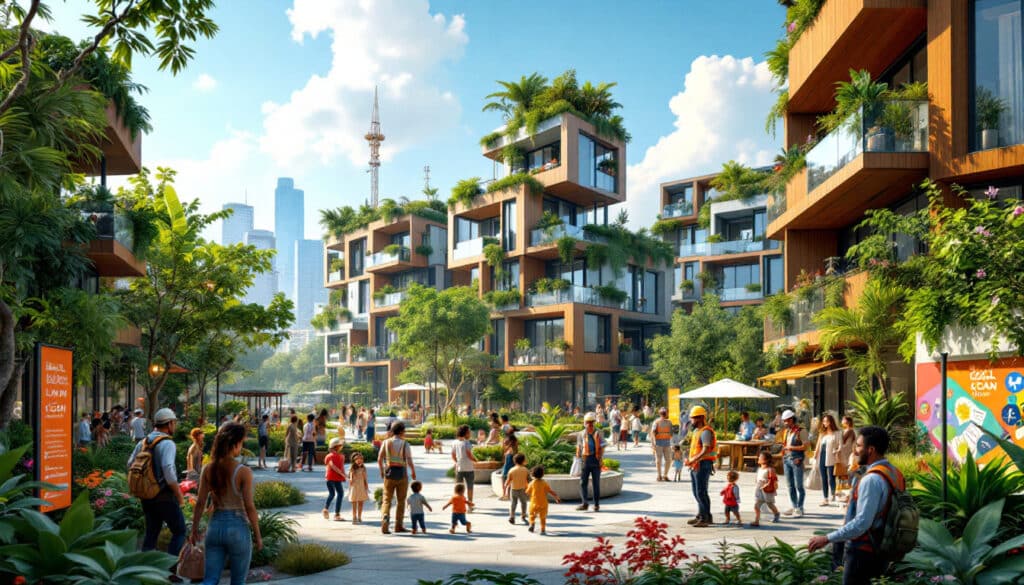
Alaska, often facing unique housing challenges, could be poised for a major transformation thanks to a3D printing supported by HUD. This innovative technology, recognized for its ability to reduce costs and to speed up the construction process, could well offer solutions to the affordable housing problems in this state. By exploring the different possibilities offered by3D printing, we’ll look at how this groundbreaking project could be a game-changer for many communities facing the housing crisis.

In a context of housing crisis, 3D printing is emerging as an innovative and promising solution. The project funded by HUD (Department of Housing and Urban Development) in the state of Alaska could well transform the housing landscape, providing sustainable and affordable solutions. This article explores the various dimensions of this project amendment which could redefine construction standards and improve access to decent housing.
Table of Contents
ToggleCurrent housing issues in Alaska
The housing situation in Alaska is particularly worrying. With a population seeking adequate housing, economic and geographic challenges make traditional construction costly and often impractical. Communities suffer not only from the lack of affordable housing, but also from the need for structures adapted to extreme weather conditions. It is in this context that 3D printing could prove to be a major asset.
The advantages of 3D printing in construction
Use of technology 3D printing in construction has several decisive advantages. First of all, the speed of construction is impressive; a house can be completed in a few days, or even a few hours. This represents a significant reduction in delivery times, which is crucial in regions like Alaska where needs are urgent. In addition, this method makes it possible to achieve significant cost savings, both in terms of materials and labor.
A response to the affordable housing crisis
The HUD-funded project aims to address the affordable housing crisis by providing reliable solutions. 3D printing could produce housing at a reduced cost, therefore accessible to a greater number of people. This can play a key role in residential policies aimed at providing alternatives to vulnerable populations, but also to revitalize communities across Alaska.
Houses adapted to extreme climatic conditions
3D printing construction is not limited to basic buildings. Through its innovation, this technology creates homes that specifically address the challenges posed by Alaska’s harsh climate conditions. By optimizing the design and materials used, 3D printed houses guarantee both thermal comfort and durability, while minimizing environmental impact.
The potential impact on the local economy
By implementing 3D printing technology, thousands of construction and engineering jobs could be created in Alaska. Specialized training in this new technology could also stimulate the local economy and strengthen the skills of residents. A link between innovation and economic development could thus benefit communities as a whole.
Challenges to overcome for implementation
Although the potential of 3D printing in the housing sector is promising, several challenges remain. Regulatory issues, specific construction standards and stakeholder acceptance of new methods will need to be addressed. Collaboration between government, building specialists and local communities will be essential to ensure the success of these projects.
Conclusion: A bright future for housing in Alaska
The HUD-funded 3D printing project represents a unique opportunity to transform Alaska’s housing sector. Innovation in construction could offer sustainable and affordable solutions while meeting local requirements. With this technological advancement, the vision of a future where every resident has access to decent housing could quickly materialize in Alaska.
- Technological innovation: Use of 3D printing for fast and efficient constructions.
- Cost savings: Reduction in site and labor costs.
- Accessibility: Creation of affordable housing for local populations.
- Sustainability : Use of environmentally friendly materials.
- Resilience : Constructions adapted to the specific climatic conditions of Alaska.
- Collaboration: Partnerships between local and federal actors for project financing.
- Economic impulse: Stimulation of the local economy through job creation in the sector.
- Modularity: Ability to easily enlarge or modify 3D printed structures.
[#SGSolution]
— Saint-Gobain (@saintgobain) July 15, 2024
🏗️L'impression 3D pourrait-elle accélérer la cadence de la construction ?
🛹Focus sur le dernier projet d'impression 3D de @weberofficielFR : le skatepark aménagé pour les JO de @Paris2024 !
✒️@LEXPRESS
🔗https://t.co/JwRq37OWjU pic.twitter.com/zHtmwmsXOA














